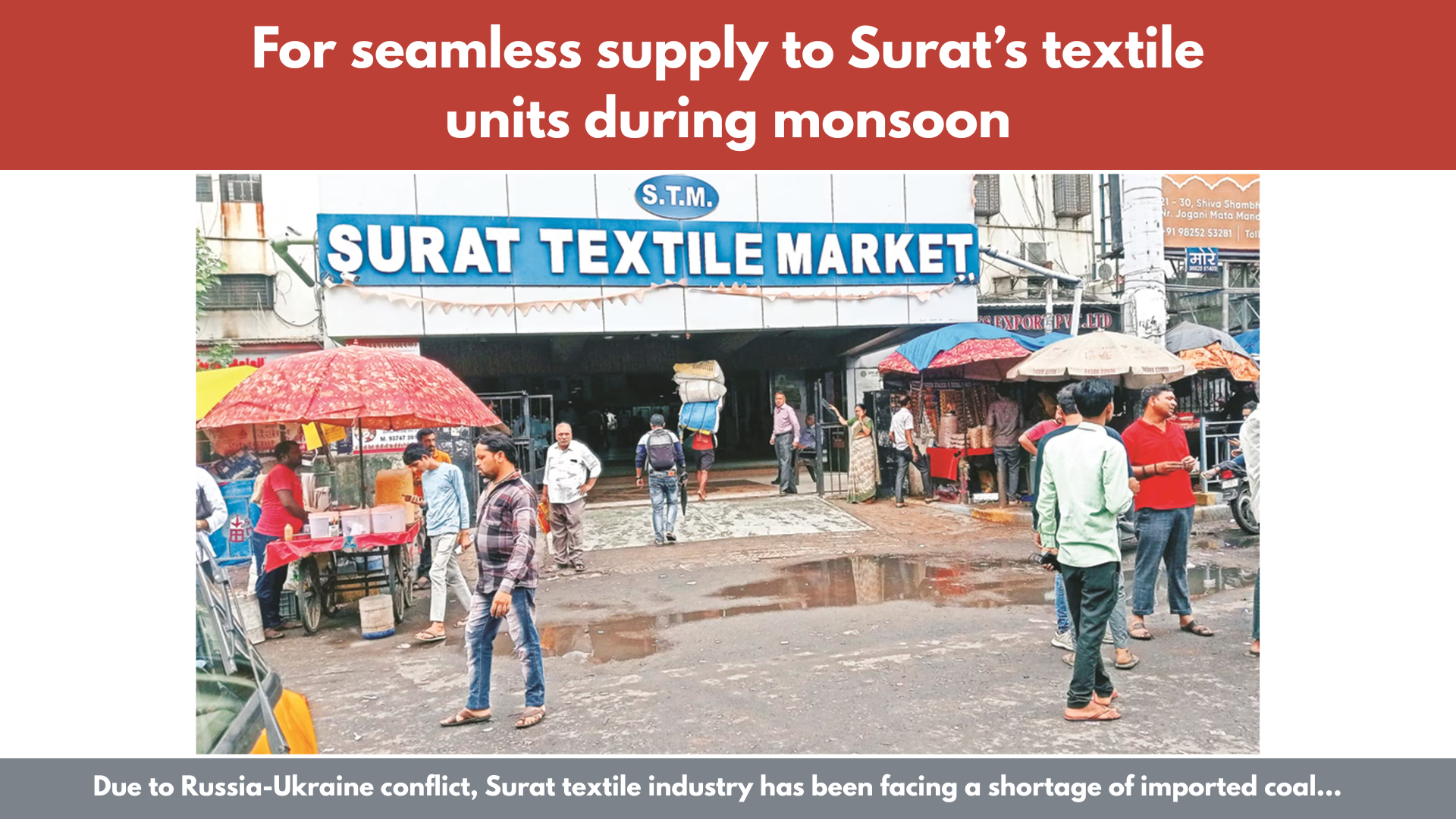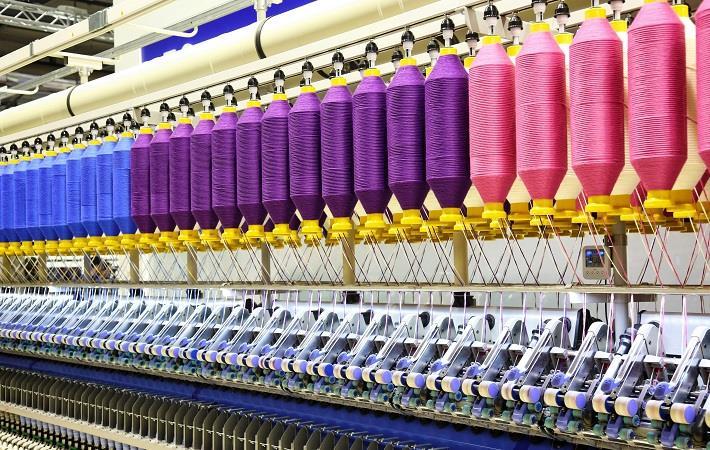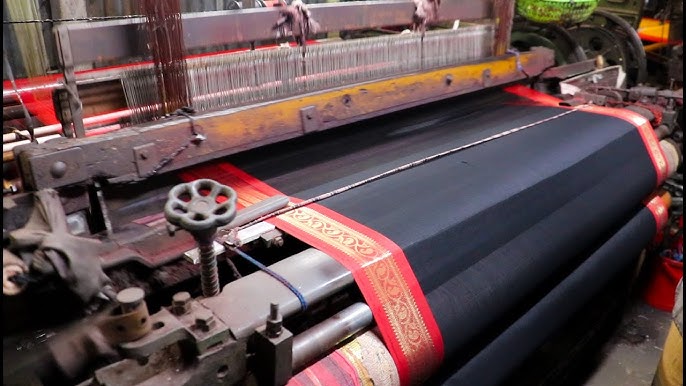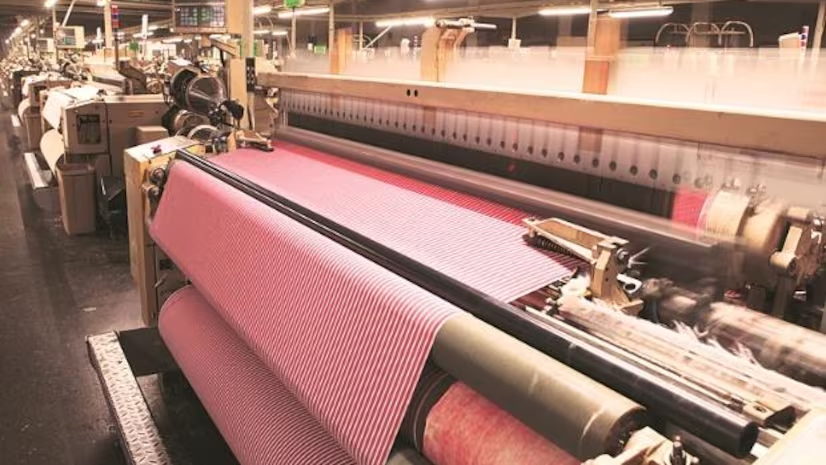SURAT Textile industries – GMDC will increase lignite output to ensure a smooth supply to Surat’s textile industries during the monsoon.

SURAT Textile industries
SURAT Textile industries – Due to Russia-Ukraine conflict, Surat textile industry has been facing a shortage of imported coal It is anticipated that the enhanced production will guarantee a smooth supply to the city’s textile processing facilities, which typically experience a scarcity during the rainy season.
The Gujarat Mineral Development Corporation (GMDC), a state-owned mining firm, has made the decision to increase production of domestic lignite for delivery during this year’s monsoon, which could benefit Surat’s textile units. It is anticipated that the enhanced production will guarantee a smooth supply to the city’s textile processing facilities, which typically experience a scarcity during the rainy season.(SURAT Textile industries)

Nearly 400 textile dyeing and printing mills in Surat are powered by steam generated by boilers that use lignite from GMDC-owned mines in Gujarat and coal imported from Indonesia. There has been a scarcity of imported coal for the Surat textile sector since the Russia-Ukraine conflict.
Via the South Gujarat Textile Processing Association (SGTPA), GMDC representatives met with the mill owners in Surat on Monday. They included D K Patel, Incharge General Manager (Project) Bhavnagar; Niraj Patel, General Manager (Coal Marketing); and SP Jagnani, General Manager, Production, Rajpardi (Tadkeshwar).
In order to address the scarcity, SGTPA president Jitu Vakhariya and member Vinod Agrawal met at Pandesara to discuss securing a smooth supply of lignite from the Bhavnagar and Tadkeshwar mines in Surat for the printing and dyeing sector. Notably, during the monsoon season, the GMDC prohibits the mining of native lignite.(SURAT Textile industries)

The GMDC has increased production in both mines to guarantee the supply.
GMDC stands for : Gujarat Mineral Development Corporation Ltd.-SURAT Textile industries
About GMDC –
The newly formed state of Gujarat had to guarantee its industrial development in the early 1960s. Two outcomes were brought about by the leadership’s imaginative and forward-thinking approach at the time: The focus on the exploration of Gujarat’s substantial mineral deposits and the incorporation of Gujarat Mineral Development Corporation (GMDC)

The development of the state’s principal mineral resources is a key responsibility of GMDC. Since its difficult beginnings, which involved crushing and screening silica sand needed by the glass industry, GMDC has grown to become one of India’s leading mining companies.
We are a debt-free business that ranks in the top five mining companies and 469th out of India’s Fortune 500 companies. GMDC has effectively expanded into the production of solar, wind, and thermal energy.
GMDC to Expand Lignite Storage Amid Rising Demand from Textile Mills :
“We had a stock of about 5 lakh tonnes from the Tadkeshwar mines last year to meet the demand from textile mills,” a GMDC official told The Indian Express under condition of anonymity. Nevertheless, there is a lot of demand this year. As a result, we will expand our lignite storage capacity at the Tadkeshwar and Bhavnagar locations. The Tadkeshwar mine produces 15 lakh tonnes of lignite annually, compared to 20 lakh tonnes at the Bhavnagar mine.
“We registered a 16-lakh tonne sale of lignite from Bhavnagar and Tadkeshwar last year,” the source added. We are expanding our lignite stock to more than 20 lakh tonnes this year in response to the demand. Additionally, the ceramics industry in Morbi and captive power plants for large businesses and other sectors have a strong demand for lignite.
“We have a lot of pending orders from customers because the textile industry is doing well,” stated Vakhariya, president of SGTPA. We are aware that there would be a shortage of lignite during the monsoon season when mining will cease, which will impact our output and ultimately result in a loss of revenue. Now that GMDC authorities have assured us that they will stock 20 lakh tonnes of lignite throughout the monsoon season this year to meet demand, we can relax.
Additionally, he stated, “Mill owners typically employ 30% lignite and 70% imported coal in the boiler. While imported coal costs between Rs 7,000 and Rs 9,000 per tonne, lignite costs over Rs 4,500. Imported coal, which travels all the way from Indonesia to Surat, is always changing in price. In addition to raising costs on their own, middlemen and others can purposefully create a shortage of coal supply. Occasionally, the quality of the lignite is so good that we use less imported coal in the boiler.




